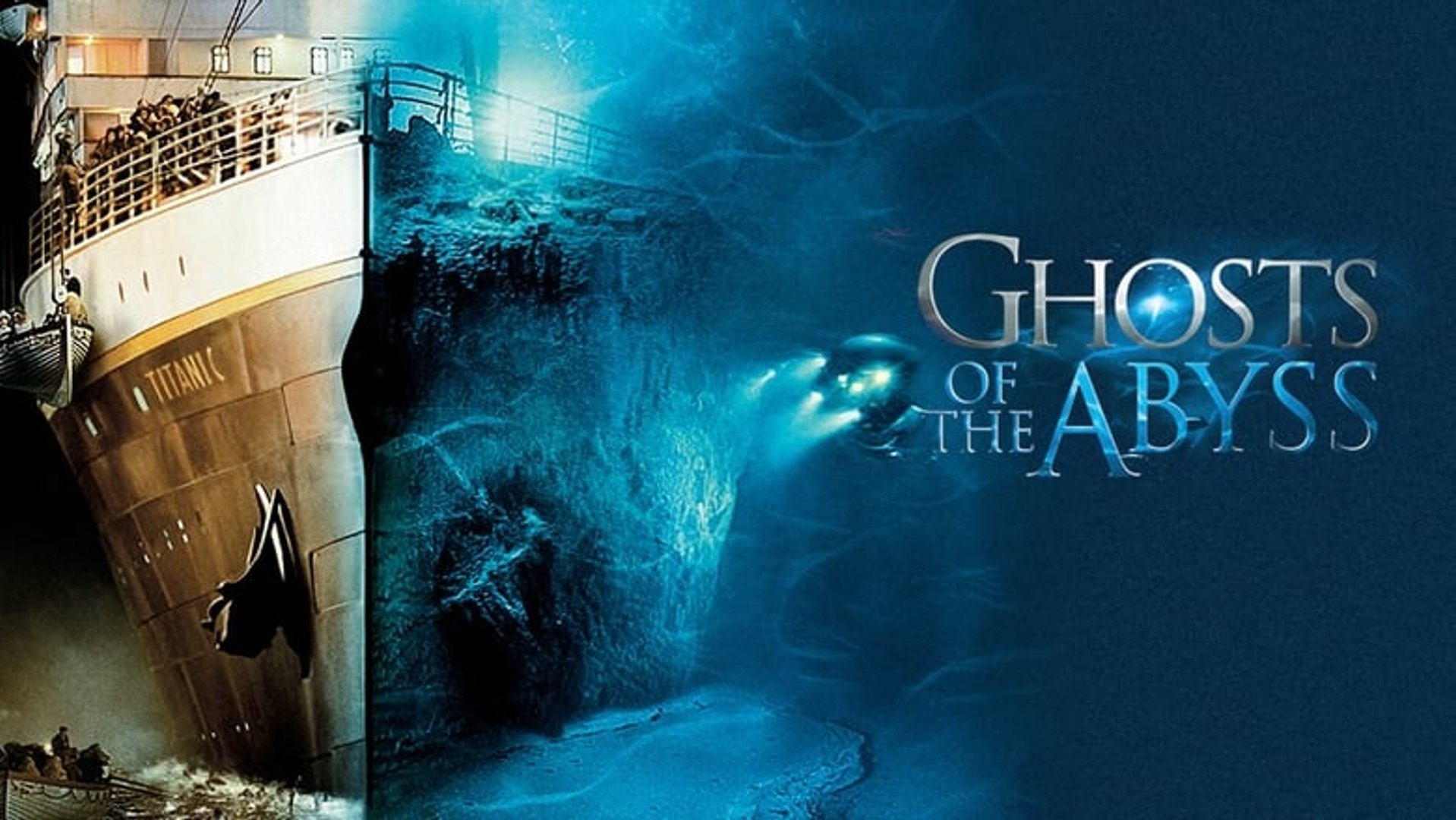Ghosts of the Abyss (2003)

Ghosts of the Abyss (2003) is a captivating documentary directed by James Cameron, known for his groundbreaking work on films such as Titanic (1997). Produced by Walden Media, this film serves as a fascinating exploration of the wreckage of the RMS Titanic, intertwining elements of history, science, and human emotion. With its stunning visuals and insightful commentary, Ghosts of the Abyss takes viewers on a remarkable journey to the depths of the ocean, revealing the mysteries that lie beneath the waves.
The documentary is set against the backdrop of Cameron’s fascination with the Titanic, a subject he deeply explored in his previous film. Following his immense success with Titanic, Cameron organized an expedition in August and September of 2001, bringing together a team of scientists, historians, and filmmakers to document the ship’s remains. The film captures their thrilling and sometimes haunting experience as they navigate the cold, dark waters of the North Atlantic.
From the very beginning, Ghosts of the Abyss immerses viewers in the haunting beauty of the Titanic wreck. Using advanced submersible technology and 3D imaging, Cameron and his team were able to capture stunning footage of the ship, revealing details that had never been seen before. The visuals are mesmerizing, showcasing the grandeur of the Titanic as it rests on the ocean floor, shrouded in mystery and decay. The film’s cinematography is a standout feature, allowing audiences to feel as if they are diving alongside the explorers.
Throughout the documentary, the emotional weight of the Titanic’s tragic story is palpable. Cameron intersperses the exploration footage with historical context, recounting the ship’s fateful maiden voyage and the catastrophic events that led to its sinking. The personal stories of the passengers and crew are brought to life through archival footage, photographs, and expert commentary, providing a poignant reminder of the human lives lost in the disaster. This emotional resonance elevates the documentary beyond a mere exploration of wreckage; it becomes a tribute to the souls who perished that fateful night.

One of the most compelling aspects of Ghosts of the Abyss is the collaboration between science and art. Cameron, a filmmaker with a deep respect for storytelling, works closely with scientists and marine archaeologists, illustrating how both disciplines can inform and enrich one another. The team uses cutting-edge technology to examine the wreck, gathering data that contributes to a greater understanding of underwater preservation and marine archaeology. This fusion of artistry and scientific inquiry makes the documentary not only visually stunning but also intellectually enriching.

As the expedition unfolds, the film explores themes of exploration, memory, and the passage of time. The wreck of the Titanic serves as a poignant metaphor for the fragility of human existence and the enduring quest to understand our past. Cameron’s narration reflects on the significance of the Titanic as a cultural icon, while also emphasizing the importance of preserving history for future generations.

In conclusion, Ghosts of the Abyss is a masterful documentary that captures the haunting beauty and tragic legacy of the RMS Titanic. Directed by James Cameron, the film combines stunning visuals, historical context, and emotional depth to create a compelling narrative that resonates with audiences. By blending exploration with remembrance, Ghosts of the Abyss not only provides a thrilling look at one of history’s most famous shipwrecks but also invites viewers to reflect on the enduring impact of that fateful night in 1912. It stands as a testament to the power of storytelling and the importance of preserving our collective memory, making it a must-watch for anyone interested in history, exploration, or the mysteries of the deep sea.
Suggested videos for you:
The Demon Blade
Suggested videos for you:
The Watchers (2024)
Suggested videos for you:











